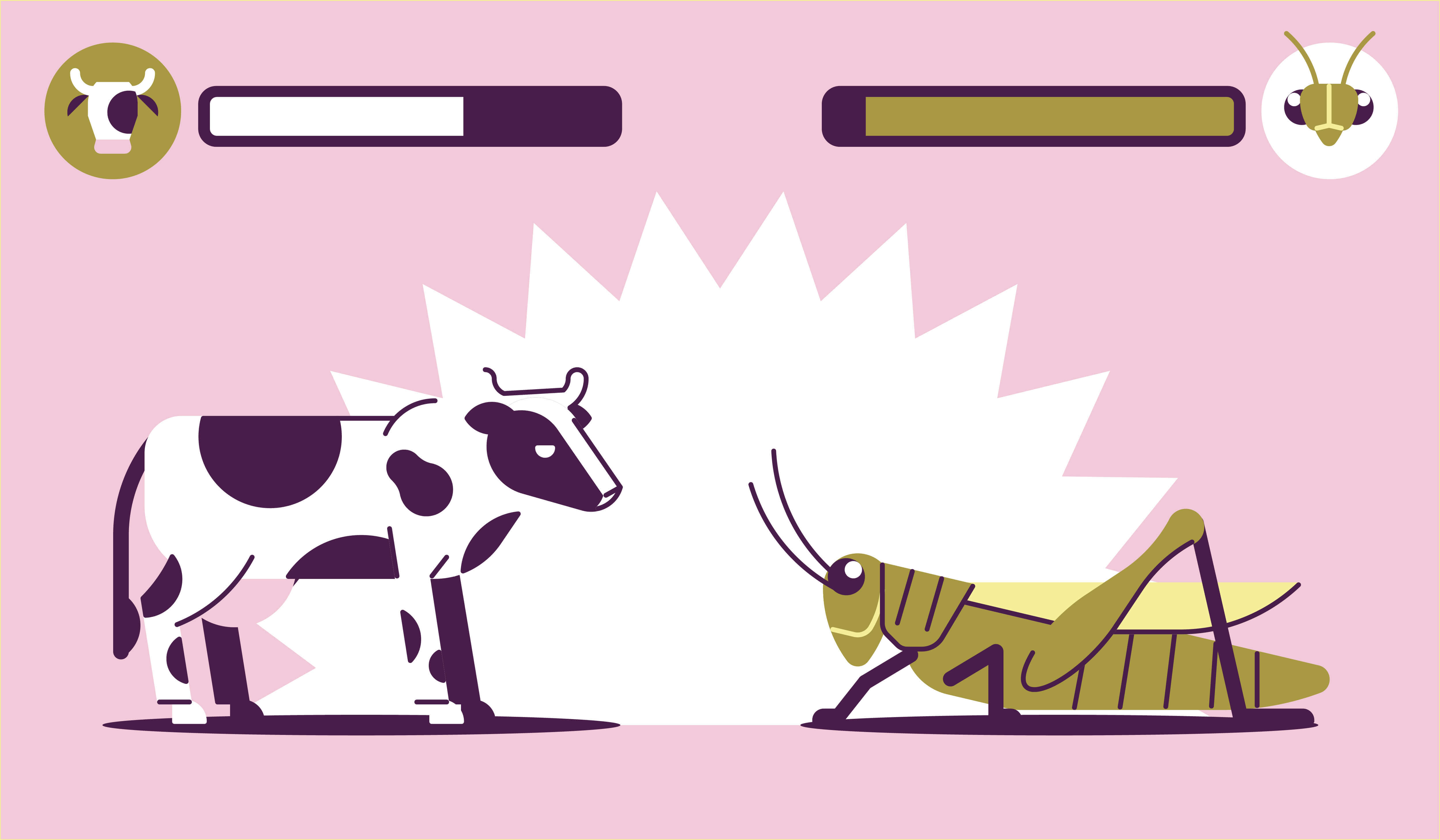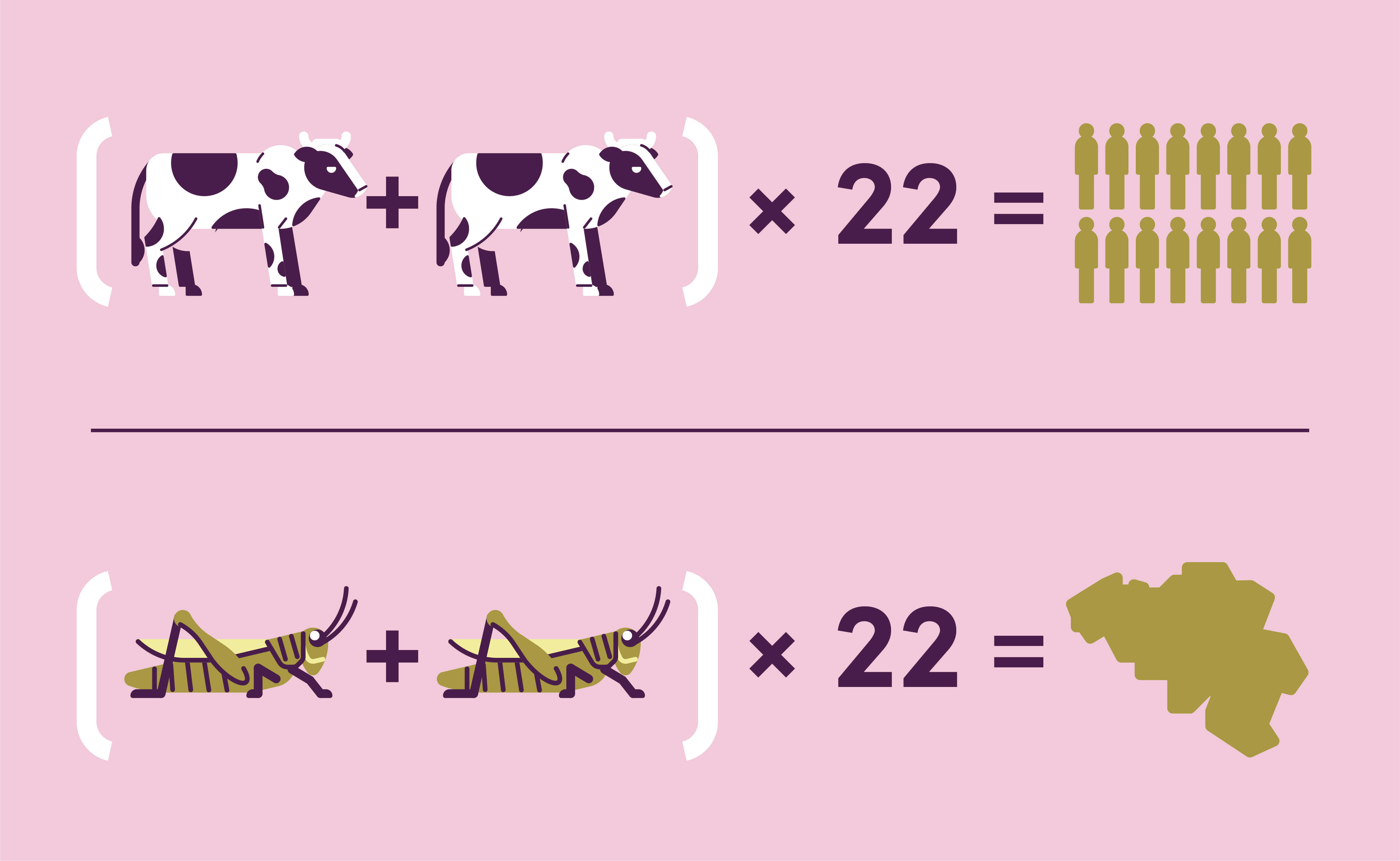Making sense of sensory perception and sustainability at EuroSense 2022

There’s something wrong with the food we consume today. All too often, our food chain is focused on sensory pleasure. This not only affects our health; the environment is hurting too. Packaging waste, withering natural resources and pollution have a major impact on our planet.
This year’s EuroSense 2022 conference in Finland was a great opportunity for researchers and academics from around the world to discuss innovation in sensory perception. Of course, Haystack Consulting’s sensory team had to be there.
“The food industry has the dubious honour of being responsible for 25% of all CO2 emissions. It’s time for plan B… or make that plan Z.”
SOMETHING HAS TO CHANGE.
The 600 delegates at EuroSense 2022 all agree on one thing: we need to make responsible choices for our health, economy and planet. But that won’t be possible without a significant behavioural shift. For that, we will need a multidisciplinary approach, including the sensory world.
Food technologists, product designers, sensory scientists, marketeers and environmentalists will all need to work together on these challenges. Many sensory scientists were at this year’s conference.
FINDINGS FROM FINLAND.
Haystack Consulting went to Finland to find out what the future holds. The general feeling was that an ecological or animal-friendly approach alone won’t work. Bold ideas and new approaches are needed to change the way we think, act and eat.
“I saw a lot of ideas and different directions. Time will tell which approach works best. One thing is for sure: a single solution will not be enough. One size does not fit all.”
SUSTAINABILITY AT EUROSENSE 2022: AS SEEN BY HAYSTACK CONSULTING
Countless topics were covered at this year’s conference. Here are some highlights:
- Food waste: we can reduce what we throw away by prolonging the shelf life, reducing waste in food services and by creating new products from by-products.
- Eating insects: there is little interest from consumers, but the benefits are undeniable:
- In just 22 weeks, 2 grasshoppers can grow a colony large enough to provide protein for all Belgians for a year
- In 22 weeks, 2 cows will only feed 15 people for a year
- Vertical farming: consumers don’t expect great taste quality and there are concerns (energy and start-up costs), but vertical farming is gaining traction, people just need to taste it.
- Cell culture meats and plants: 3D printing of plant-based ingredients, mycoproteins, algae, yeasts and bacteria could change the game, but consumers still find it ‘weird’.
- The impact of alternative proteins on health: for now, these proteins are often found in ultra processed foods and contain too many additives to improve the sensory acceptability.
- Novel foods, how far do we want to go? Human mozzarella, human steak or panda nuggets grown in a petri dish: is the world ready or is this a step too far?

HAYSTACK CAN HELP
As we headed home, it became clear that more research is needed into how and when consumers choose products. Measuring beliefs, attitudes, packaging, user-friendliness and communication on packaging could go a long way in shifting the focus from liking a product based purely on taste to choosing a product consciously.
This behavioural shift towards a more sustainable choice requires a multidisciplinary approach. High-quality research will prove vital here. Quantitative and qualitative measurements, sensory expert panels and eye-tracking for the development of packaging will all become more meaningful in the years to come. Haystack Consulting is happy to guide brands in this field of research.
“Quality of research is important. If you do it, you better do it right.”
